My job is to test a product hard, then move on to the next thing to see how it all stacks up. As a result, I test piles of cycling equipment in a year. But I keep very little of it, returning most to the manufacturers and donating what they don’t want back to a local .
Of course, there are products that either get me so excited with their innovations or so dramatically improve my riding experience that I choose to hang onto them, often plunking down my own cash to do so. It might be overreaching to call these the best products of 2018—some have just come to market and some have been out for a season or two. What I can say, however, is that this is the gear that made it into my permanent rotation.
Bontrager Ion 200 RT/Flare RT Light Set ($114)
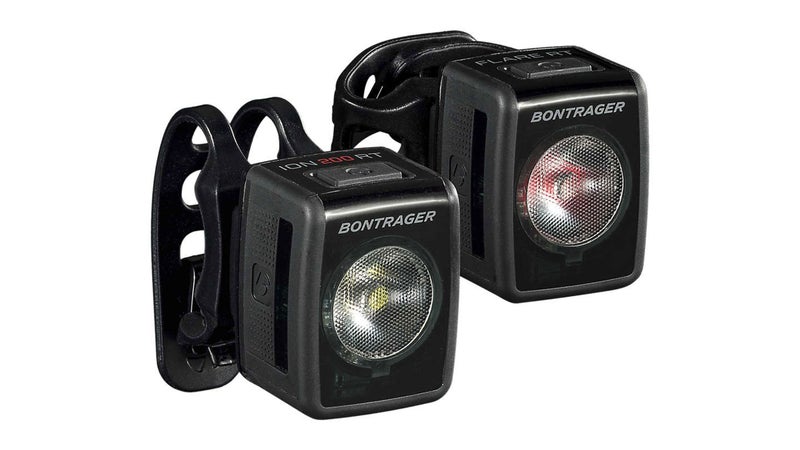
Given the increasing frequency with which cyclists are hit by cars these days, I will not ride on the road anymore without lights—day or night. Fortunately, Bontrager’s makes that easy. Though the lights are maybe twice the size of a playing die, thanks to high-power Cree LEDs and carefully designed reflectors, each throws a huge beam, with a 200-lumen white light up front and a 90-lumen red light in the rear. On very long straightaways, such as the lead-up to Mount Lemmon in Tucson, Arizona, the claimed visibility of up to two kilometers seemed about right to me. The lights are fully weather sealed (yep, I’ve used them in downpours), charge via micro USBs, clip to and detach from a bar or post easily by way of a built-in rubber belt, and even auto-adjust to changing conditions, like going solid when you hit a tunnel and then returning to blinking back in daylight. And I love that even after the battery is drained, there’s still a 30-minute battery save mode that keeps the lights going till you’re hopefully safely off the street.
Goodyear Escape Bicycle Tires ($75)
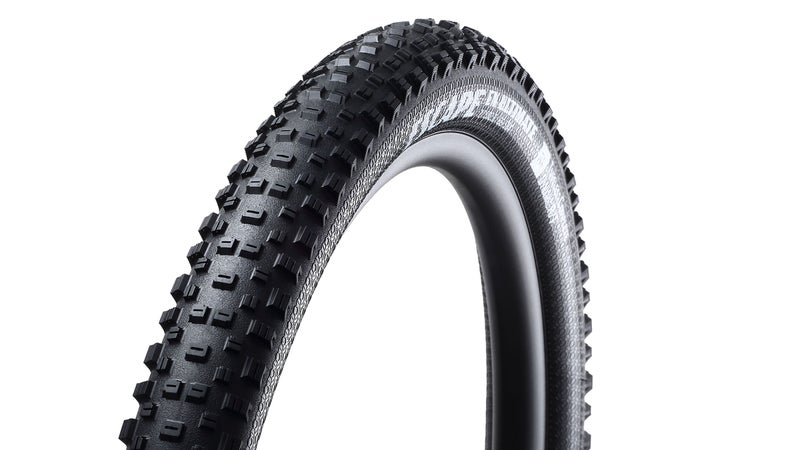
When automotive tire giant entered the cycling market earlier this year, I was pretty ho hum about the development. Tires are getting so good these days that I thought Goodyear would have to do something special to make an impression. But after a year of riding a number of the new treads, I have to admit that the company’s designs are pretty darn impressive. In general, the tires sport rubber compounds that are surprisingly grippy yet long wearing and resilient. None of the four models I’ve ridden are exceptionally light, but they are competitive.
The standout model for me is ($75) mountain tire, an all-around trail model with evenly spaced midsize knobs that have proven fast rolling but still Velcro sticky in conditions ranging from dry hardpack to squishy loam. I was at first disappointed that 2.35 inches was the biggest diameter, though these are bigger than many models in that range. Besides, Goodyear has since launched a 2.6. I’ve also been impressed with ($70), a 35c gravel model with a slick top and microknobs on the sides for a grip that I have subjected to nasty, sharp desert conditions for months without a single flat. I do wish it came in some wider options, as well as 650B, though I imagine that will follow. The all-mountain-oriented Newton and the asphalt-leaning Eagle All Road have left similarly outstanding impressions
Berd Spokes ($8 per spoke)
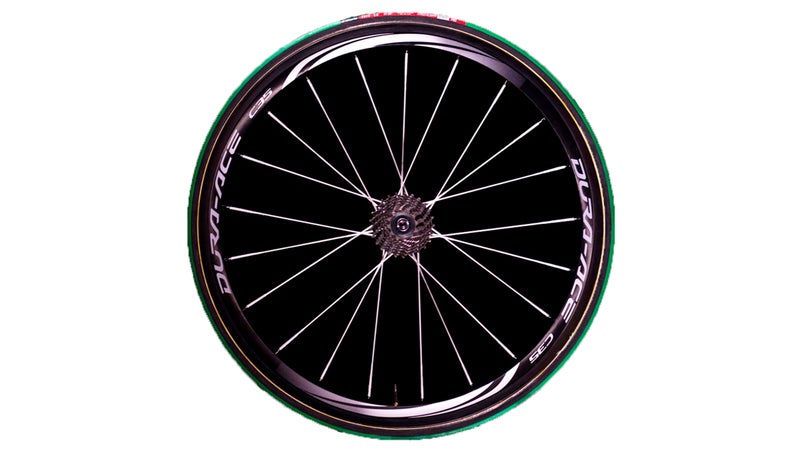
One of the most unusual and convincing products I tried this year came courtesy of a wheel builder and friend of mine, Mike Curiak at , who equipped one of our tester mountain bikes with a set of carbon hoops built with Berd fabric spokes. Yes, you read that right: the spokes are made of a polyethylene (i.e., plastic) material dubbed PolyLight that resembles Dyneema or sail cloth for its combination of high tear and cut resistance and very low weight. According to Berd, its spokes are between 30 and 200 percent lighter than a range of standard steel spokes—but 50 to 100 percent stronger. Compared to a set of comparable wheels, 29-inch Enve 640s to be exact, these wheels, with 36-millimeter-wide and DT Swiss 240s hubs, were a half pound lighter. But weight is only a part of the story. Because of the elasticity in the spokes, the wheels have a springy, energetic ride unlike anything else I’ve tried. They make the bike feel explosive and frisky, to the point that I’ve found myself climbing tech and railing corners with new confidence and exuberance. We’ve also been beating the hell out of these wheels since mid-October, and they are still true.
100% Speedtrap Sunglasses ($185 to $205)
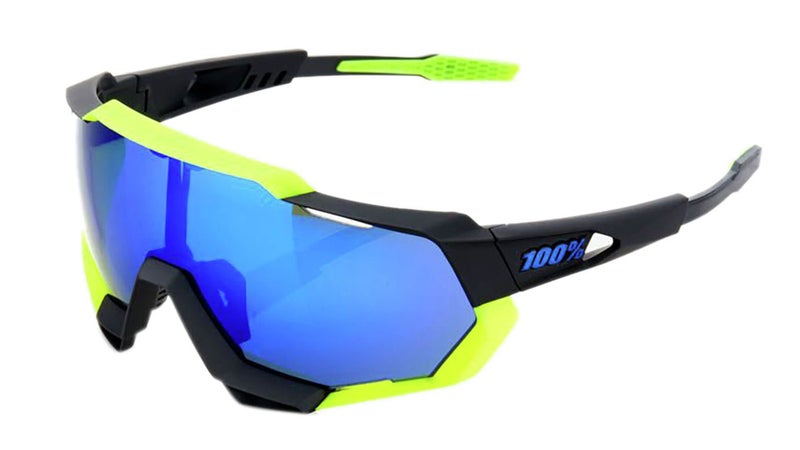
This moto-eyewear company has burst onto the cycling scene in the last year or two courtesy of its sponsorship of three-time road world champ Peter Sagan. (I mean, he wore moto goggles around his neck to collect his cobble for winning this year’s Paris-Roubaix.) Don’t get me wrong: the product is every bit worthy of the champ, with my favorite model, ($230), featuring huge coverage, adjustable temples and nosepiece, and ridiculously flashy red-on-red mirror styling. Optics are crystal, and wind is stopped dead, which, for someone like me with dry eyes, is a godsend. And the S2 and Speedcraft models are just as good. Performance aside, I can’t help but think that Sagan is single-handedly helping to make brazen, mirrored, shield-style sunglasses great again.
Kitsbow Front Range Merino Sweatshirt ($150)
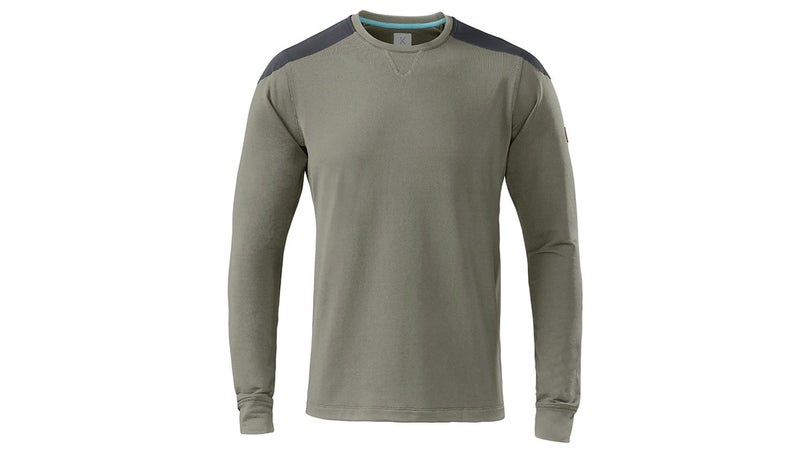
Once again this soft-goods company from Petaluma, California, hits it out of the park with a seemingly simple design that turns out to be the most comfy, high-performing, best-looking piece of riding apparel of the year. This fits like a well-tailored shirt, keeps you as warm and dry as the techiest race pieces on the market, but feels as soft and cozy as that favorite old rugby jersey. The nylon face fabric is somehow both stretchy and rugged, shrugging off errant branches and rocks from the occasional crash, while the Schoeller panels on the elbows and shoulders are even burlier. I carry this midweight piece in my pack on high-mountain summer days, wear it almost nonstop in the fall and spring over a light base, or even layer it for warmth in winter. And the merino interior means you can wear it day after day without a whiff of odor.
Shimano XTR 9100 (Price varies)
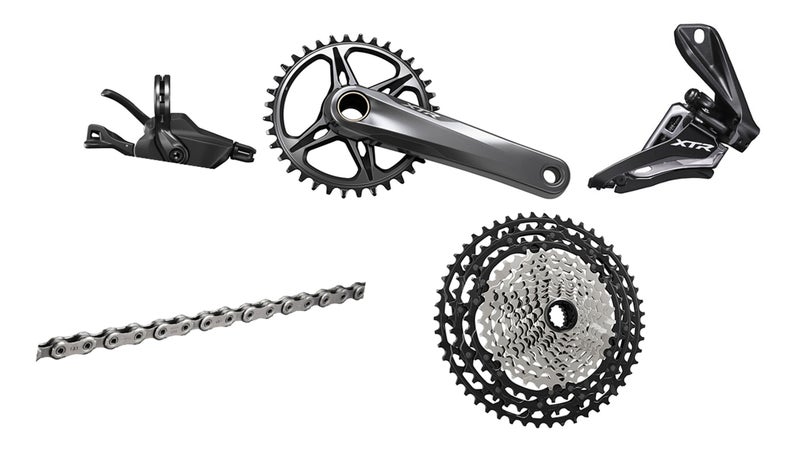
I was stunned when I realized that 21 of our 25 test mountain bikes for 2019 were equipped with SRAM components. Of the remaining four with Shimano, only one had the group (the , thank you very much Chris Cochalis), and yet that’s the drivetrain that won my heart. Look, SRAM has done an excellent job of building and winning the 1x market, and Shimano has fallen way behind, but I am relieved to see the Japanese manufacturer has finally started making a comeback because 1) it makes hard-wearing gear that typically just goes and goes, and 2) we need competition to drive innovation. You can pour over all the details of the group here, but suffice it to say that the 10-51 cassette is massive, the shifting is silky, and pedaling is as smooth as a butter churn. Meanwhile, the brakes are stunning to look at, and they feel like they’ll never fail. Will this be the beginning of a mountain-bike resurgence for Shimano? Who knows—hopefully it presages fast releases of similar tech in XT and SLX. Either way, if I was building my dream mountain bike, it would be equipped with the 9100.
Henty Enduro 2.0 Hydration Pack ($150)
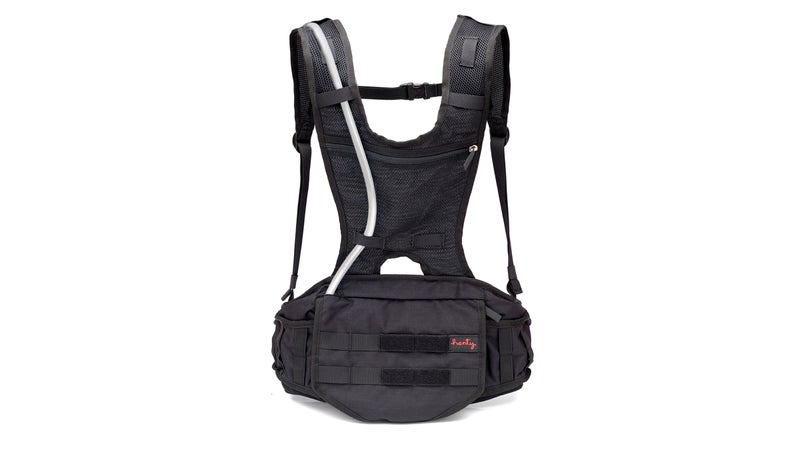
Waist packs (butt bags, fanny packs, call them what you like) are all the rage, but they don’t work for me because you either have to ratchet them so tight that it’s hard to breathe or they bounce around like a drunken Olympian at the end of a badly adjusted springboard. Enter the , which mates the low, off-the-back fit of a butt pack with the stability of a full-back hydration bag. Basically, this is a waist pack on steroids, with all the weight carried low on the lumbar, with space for a three-liter bladder and more, and huge, zippered, wraparound belt wings mated to a pared-down, mesh shoulder upper. The top half of the pack provides stability when you’re slamming trails without the sweaty, clammy, awkward feel of all that weight on your back. And Henty’s clamshell, zippered pack design has plenty of space inside for a day of necessities, plus all manner of straps, daisy chains, and mesh pockets for sundries. Best of all, this second edition comes with a tailor-made, three-liter HydraPak reservoir. My only niggle: the strap on the envelope flap that keeps it all down should be three inches longer, which would make it easier to lash down bulky bits and pieces. Still, for one-day outings, I never reach for anything else.
Blackburn Mammoth Flip Pump ($45)
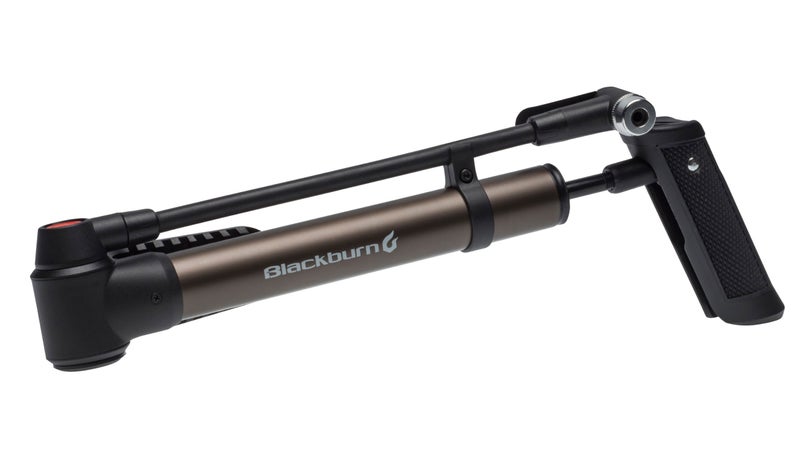
For years, the was my go-to for backcountry endeavors, thanks to its combo of high volume and built-in pressure gauge. It’s discontinued now, I assume because it felt as heavy as a small barbell. Recently, my wife has converted me to the , which pushes very nearly the same volume of air but weighs about half as much as the Wayside. And I have to admit that, with a clean swivel design that opens to a foot peg, a long flexible hose that makes airing in the field easy, and a full-metal shaft for durability, this pump is every bit as good as my old standby—except a lot lighter. I miss the pressure measure but, truthfully, have been carrying an anyway.
Dynaplug Megapill Plug Kit ($75)
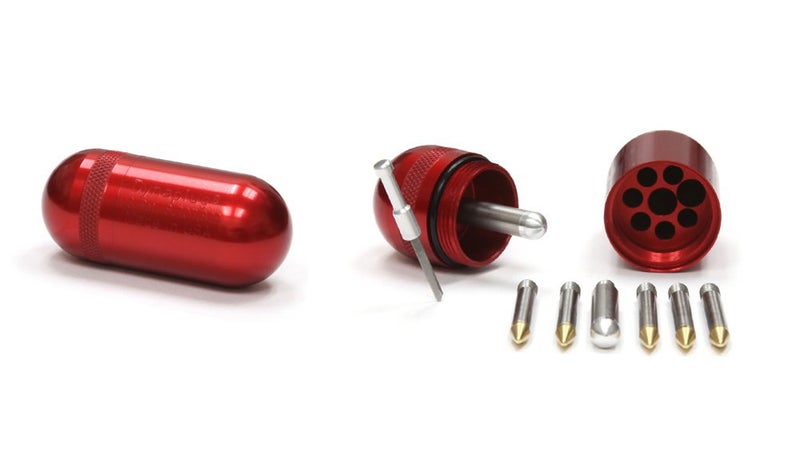
Thanks to Dynaplug, I almost can’t remember how long it’s been since I’ve actually suffered a flat in the field and installed a tube. For all but the most egregious of holes and rips, —which has a snub nose, a hard tip, and gummy plugs to seal up tears so you can retain your tubeless setup—is pretty much all you need. I’ll admit that it’s unnerving the first few times you have to shove the metal, plug-wielding proboscis through the damaged tire casing, thereby causing a bigger hole. But I’ve yet to come across a puncture I couldn’t seal (though one large gash took two plugs). And while there are now lots of plug kits out there, I love Dynaplug’s aluminum, pill-shaped tool, which not only makes fixes easier but also neatly houses everything you need for a quick fix. A word of advice: unless you exclusively ride road, go for the three-pack Megaplug upgrade as the larger diameter will make sealing holes simpler almost every time.
Specialized S-Works Prevail II with ANGi ($250)
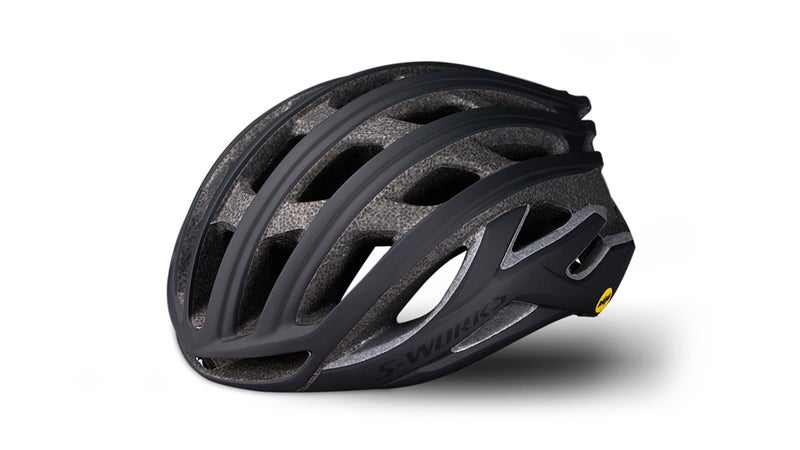
Last only because it was the final product of 2018 that I received and I haven’t had time to fully test it, Specialized’s makes the list because the idea is so expansive and its execution so clean and sublime. Specialized partnered with MIPS to develop a new application of the rotational force-resisting layer, in which the support framework is integrated into each separate anchor point to keep the infrastructure minimal, the ventilation high, and the weight tiny (266 grams). But what really sets this helmet apart is the quarter-size electronic sensor on the nape of the neck, which not only tracks all your ride metrics and reports them to Specialized’s proprietary app (automatically synced with Strava), but it also allows a preselected list of contacts to follow you as you ride—and contacts them, by text or e-mail, if it discerns that you’ve been involved in a crash. (Tracking and notifications require an annual, subscription-based service.) Specialized says that in a year or more of testing, the system has returned zero false positives. While I love the fit and feel of the high-end Prevail, the ANGi sensor will be available in six Specialized helmets, road and mountain, down to $130 retail, and it will also be sold as an add-on ($50) for most Specialized helmets moving forward. How can you argue with safety?


